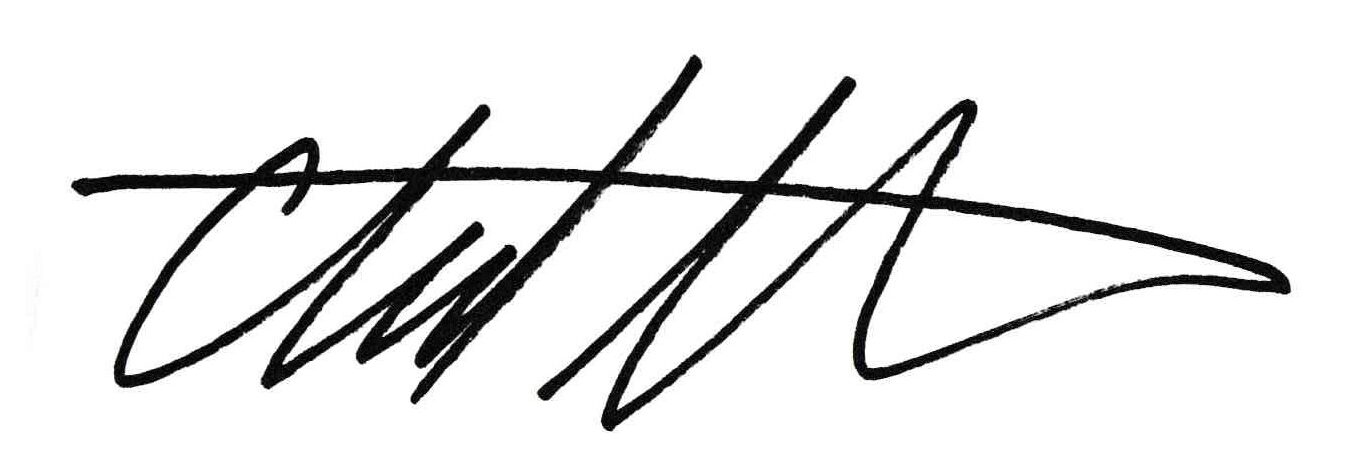We’ve been teasing it for months now, and it’s finally time to reveal the Green Zone Ratings system!
Money & Markets Chief Investment Strategist Adam O’Dell has spent years developing his stock rating system. It helps you target the best stocks to invest in.
Adam has used this system to find winning stocks for his Green Zone Fortunes readers. And later this week, you’ll be able to run any stock through the Green Zone Ratings system to see how it stacks up.
I’m sure you’re wondering how to make the most of it.
So I sat down with Adam for a brief chat about what drives the system. While there is a lot more going on behind the curtain, it all centers around six simple factors.
Here is an excerpt from our chat:
Interview With Adam O’Dell
Chad: Good morning, Adam. We are so excited to launch your Green Zone Ratings system soon. If you could boil it down to one concept, what would it be?
Adam: Thanks, Chad! I’m excited to finally be able to share it with Money & Markets readers. The Green Zone Ratings system targets anomalies within stocks. You can think of an anomaly as a certain “characteristic” — a favorable characteristic that some stocks have … a characteristic that most “ordinary” stocks don’t have.
We call these anomalies “factors.” Within my ratings system, I track six of these factors and rank all stocks according to those characteristics. These factors are responsible for driving the outperformance of market-beating stocks.
You may look at the S&P 500 and see it’s up 4% over a month. But then you see “Stock A” has gained 8% in the same amount of time. You can bet your bottom dollar that “Stock A” possesses one or more of the anomalies that lead to above-average performance.
Chad: That makes sense. And I think we’d all love to find stocks that are doubling the S&P 500 performance! So what are the factors that you track in the Green Zone Ratings system?
Adam: My system breaks a stock down into six simple factors:
- Momentum
- Size
- Volatility
- Value
- Quality
- Growth
Of course, there are many specific metrics that I use to create these ratings. But if you take the time to understand how these six factors work, you’ll have a better understanding of how we target market-beating stocks.
Chad: I know you have spent a lot of time developing each of these factors within the Green Zone Ratings system. But does one stand out above the others in your eyes?
Green Zone Rating Factor No. 1: Momentum
Adam: Momentum, for sure. While all six factors are important to establish how a stock rates using my system, I think momentum is key when figuring out if it’s the right time to invest in a certain stock. In the simplest terms, momentum boils down to buying “buying high and selling higher,” according to the earliest momentum traders.
In the simplest terms, momentum boils down to buying “buying high and selling higher,” according to the earliest momentum traders.
To go a little deeper, momentum works because it targets the “behavioral” nature of stock investing. The behavioral side of investing creates certain biases that I’ve talked about with my Green Zone Fortunes subscribers — and that I’ll be telling Money & Markets readers about, too. These biases, or “mental glitches,” as I like to call them, are baked into the human psyche.
They systematically create the mispricing of stocks, whereby they are either underpriced of overpriced for some period of time. And it’s the mispricing of stocks that momentum investors take advantage of to earn market-beating returns.
Chad: Of course, momentum is only one of the factors, and it’s the combination of all six factors that determines how a stock rates using your Green Zone Ratings system. Are there any other factors that you want to explain in further detail?
Green Zone Rating Factor No. 2: Size
Adam: Yeah, another one is size… meaning, how big or small a company is.
Size is super important because, if you follow the mainstream media, you always hear about the big names: Amazon, Apple, Google, Tesla. But the reality is that there are thousands of other stocks out there. My Green Zone Ratings system compares over 8,000 stocks in total.
A big, headline-grabbing company is not always your best bet, assuming you’re a shrewd investor seeking to maximize your profits. I know a lot of big tech companies have experienced outsized success lately, but you can find gains elsewhere.
And the academic research is clear: Small companies outperform large companies, in aggregate, over the long run. I understand that smaller companies can carry more risk, but if you hold a diversified portfolio of small companies, you can make more money buying these somewhat-riskier small-cap stocks than you can piling into the big names. And I’m not just talking about micro-caps or penny stocks.
Chad: Thanks for that insight. Would you like to give a brief rundown of the other factors?
Green Zone Rating Factor No. 3: Volatility
Adam: Sure thing. Let’s touch on volatility because it can be a little tricky to understand when you first use my Green Zone Ratings system. Volatility measures how “steady” a stock is. But what’s important to understand is that a higher volatility rating in my system means the stock is less likely to experience wild price swings up and down.
Chad: So a high volatility rating means a stock has low volatility. Got it.
Green Zone Rating Factor No. 4: Value
Adam: Let’s take a look at value next. When you hear the word value in the investing world, you probably think of the famed investor Warren Buffett. The value factor uses popular metrics such as price-to-earnings and price-to-book to determine if a stock is “cheap” or not.
Chad: Makes sense: A high value rating means a stock is “cheap” based on fundamentals.
Green Zone Rating Factor No. 5: Quality
Adam: That’s right. And sticking to the numbers, quality focuses on a company’s profitability, among other things. It is built on 27 individual metrics. It’s perhaps the most classically “fundamental” factor of them all. Without getting into the weeds too much, my system determines quality by looking at a company’s profitability. It uses metrics including return on assets, equity and invested capital. It also considers a company’s debt load and operational efficiency.
The quality factor does a great job distinguishing high-quality companies worth considering and the “junk” that, at any price, we should leave alone.
Chad: Thanks — it’s helpful to know exactly what makes a stock high-quality. And how about growth?
Green Zone Rating Factor No. 6: Growth
Adam: Well, it may seem like common sense, but it’s always easier to beat the market in stocks that are growing their sales and earnings strongly … particularly if the company operates in a high-growth industry — one that’s growing at double-digit rates, rather than piddling along with little to no growth.
At its core, stock ownership gives you, the shareholder, a “claim” on the future earnings of that company.
All told, I don’t ever recommend buying into a company solely because it’s growing like gangbusters — especially if the company isn’t even profitable!
But if you’re choosing between two stocks — both of which are high-quality and good values — you’re almost always better off going with the one that’s growing revenues and earnings faster.
Chad: Wow, thank you for that quick breakdown of the Green Zone Ratings system. I think our Money & Markets readers will appreciate the information. And I know I learned a lot!
How to Access Green Zone Ratings
I can’t believe you’re giving every Money & Markets reader access to Green Zone Ratings. Will they be able to see the company’s overall rating, or to see certain factors?
Adam: Even better: They will be able to type in the ticker symbol of a stock … and they’ll see its overall Green Zone Rating … how it breaks down according to each of the six factors we talked about … and what that score means!
Basically, every stock will get an overall score between 1 and 100 (100 being the best) — and you’ll be able to look at how it ranks on momentum, value, growth … all of them.
And I’ll share the table I created that breaks down the ratings:
Chad: Adam, this is great. Thanks again for meeting with me to explain the Green Zone Ratings system!
Adam: It’s my pleasure, and I look forward to providing more investing insights in the future. Thanks, Chad.
That’s it for my interview with Adam.
Questions for Adam?
But if you have questions for our team about the Green Zone Ratings system, send us an email at feedback@moneyandmarkets.com! I’ll sit down for another interview with Adam in the coming weeks, and we’d love to give him the opportunity to answer some of your questions.
If you can’t tell, we’re beyond excited to launch the Green Zone Ratings system here on Money & Markets soon.
Once it goes live, you’ll be able to run any number of stocks through the metrics to see how Adam’s system rates it. All you need to do is navigate to the search bar on our homepage, type in the ticker symbol of the stock you’re searching for … and you’ll get its Green Zone Ratings!
And keep your eyes on Money & Markets as we continue to provide you with the keys to safe, profitable investing.
Best,

Chad Stone
Assistant Managing Editor, Money & Markets




